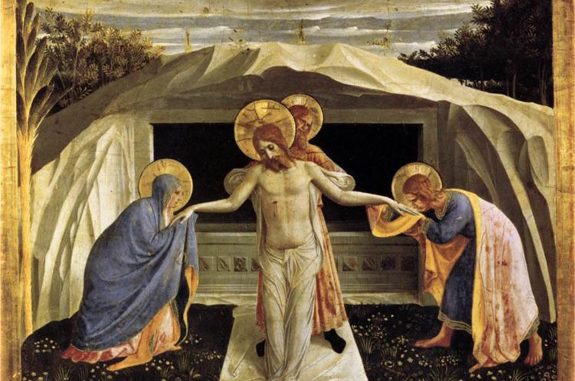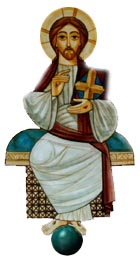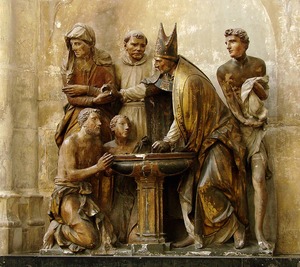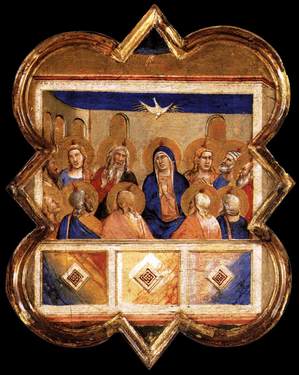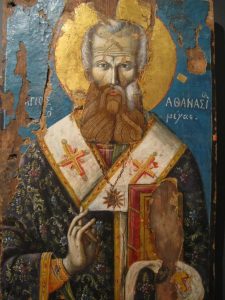 As move closer to the intensity of Holy Week we begin to refocus our spiritual eyes and hearts on what it means to be people of great, and holy desire by attending to the work the Lord has done for us. We are indeed people who thirst. We are people who desire to be in friendship with the Lord of Life who alone satisfies the needs of our hearts. The following portion of the Letter of the great bishop Athanasius iterates what we need, who we are, and what we are doing.
As move closer to the intensity of Holy Week we begin to refocus our spiritual eyes and hearts on what it means to be people of great, and holy desire by attending to the work the Lord has done for us. We are indeed people who thirst. We are people who desire to be in friendship with the Lord of Life who alone satisfies the needs of our hearts. The following portion of the Letter of the great bishop Athanasius iterates what we need, who we are, and what we are doing.
From an Easter letter by Saint Athanasius, bishop
The Paschal sacrament brings together in unity of faith those who are far away
Brethren, how fine a thing it is to move from festival to festival, from prayer to prayer, from holy day to holy day. The time is now at hand when we enter on a new beginning: the proclamation of the blessed Passover, in which the Lord was sacrificed. We feed as on the food of life, we constantly refresh our souls with his precious blood, as from a fountain. Yet we are always thirsting, burning to be satisfied. But he himself is present for those who thirst and in his goodness invites them to the feast day. Our Saviour repeats his words: If anyone thirsts, let him come to me and drink.
He quenched the thirst not only of those who came to him then. Whenever anyone seeks him he is freely admitted to the presence of the Saviour. The grace of the feast is not restricted to one occasion. Its rays of glory never set. It is always at hand to enlighten the mind of those who desire it. Its power is always there for those whose minds have been enlightened and who meditate day and night on the holy Scriptures, like the one who is called blessed in the holy psalm: Blessed is the man who has not followed the counsel of the wicked, or stood where sinners stand, or sat in the seat of the scornful, but whose delight is in the law of the Lord, and who meditates on his law day and night.
Moreover, my friends, the God who first established this feast for us allows us to celebrate it each year. He who gave up his Son to death for our salvation, from the same motive gives us this feast, which is commemorated every year. This feast guides us through the trials that meet us in this world. God now gives us the joy of salvation that shines out from this feast, as he brings us together to form one assembly, uniting us all in spirit in every place, allowing us to pray together and to offer common thanksgiving, as is our duty on the feast. Such is the wonder of his love: he gathers to this feast those who are far apart, and brings together in unity of faith those who may be physically separated from each other.
